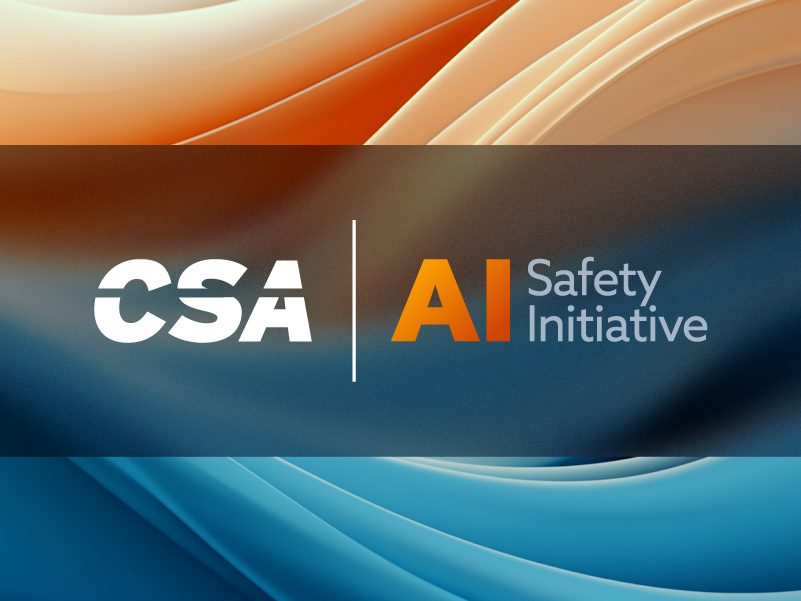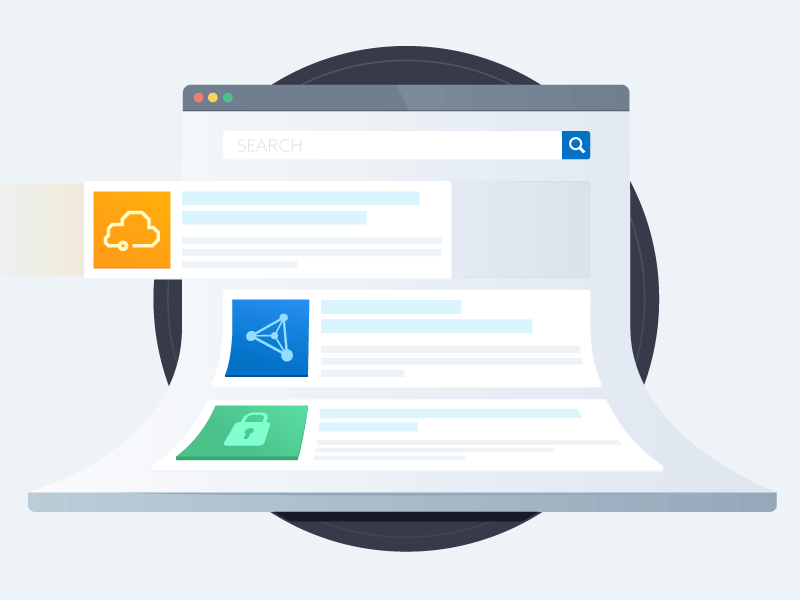AI Red Teaming: Insights from the Front Lines of GenAI Security
Published 04/21/2025
Innovating with artificial intelligence comes with significant risks. The unique nature of AI systems introduces a new threat landscape that traditional security measures are not equipped to handle. Unlike conventional software, AI models can behave unpredictably, absorb unintended biases, and be manipulated through subtle inputs. These risks are difficult to detect using standard testing methods. Because AI systems often operate as closed systems, understanding how they respond in real-world scenarios can be challenging, especially when adversaries deliberately exploit their vulnerabilities. This is where AI red teaming becomes not just valuable, but essential.
In a recent panel discussion, AI Red Teaming: Breaking AI to Build a Secure Future, experts in AI security and red teaming shared their personal experience:
Following are key insights from that conversation that underscore why organizations must invest in AI red teaming today, how the risks of unprotected AI systems can manifest, and how this practice differs fundamentally from traditional security practices.
What is AI red teaming?
AI red teaming is the process of evaluating AI systems, particularly generative AI models, for vulnerabilities, harmful behaviors, and misuse scenarios. Unlike traditional penetration testing or cybersecurity red teaming, which focuses on networks, software, and infrastructure, AI red teaming targets the behavior, decision-making, and outputs of AI models.
AI red teaming typically includes:
- Adversarial attacks that attempts to bypass model safeguards
- Testing for data leakage and sensitive information disclosure
- Exploring model biases and harmful outputs
- Simulating misuse scenarios like generating misinformation or harmful information
- Evaluating security of supporting infrastructure (e.g., MLOps pipelines, APIs)
One of the key differences is that generative AI systems are inherently more dynamic and unpredictable, making the threat landscape broader and harder to control. Unlike static vulnerabilities, exploits in generative AI can evolve over time as models interact with users. Adversarial prompts and subtle input modifications can lead to model behaviors that are harmful, biased, or deceptive.
The risks of unprotected AI systems
Deploying AI systems without thorough red teaming introduces risks that are both novel and severe. These risks fall into several categories including adversarial attacks, harmful outputs, privilege escalation, unexpected model behavior, and regulatory/legal risks.
Adversarial attacks
Attackers can exploit AI systems through adversarial prompts or indirect prompt injections. These exploits can lead to information disclosure, model manipulation, or privilege escalation. For example, an attacker might use conversational tricks to bypass content filters or cause the model to perform unauthorized actions.
Harmful outputs
Generative AI systems can produce biased, offensive, or dangerous content if not properly constrained. This isn't a hypothetical risk. Models in production have been shown to generate instructions for creating explosives and other illegal activities, exhibit racial bias, or respond in manipulative ways to emotionally vulnerable users.
Privilege escalation and confused deputies
A common architectural issue is giving AI systems more backend privileges than the end user. This can lead to “confused deputy” attacks where the model performs actions the user shouldn't be authorized to do, like accessing sensitive databases or executing restricted commands.
Model and infrastructure vulnerabilities
AI systems often rely on complex MLOps pipelines and third-party components. These systems are frequently built by teams with academic backgrounds, prioritizing innovation over secure design. As a result, known vulnerabilities (e.g., unauthenticated endpoints) may go unpatched, and critical systems may be deployed without basic security controls.
Regulatory and legal risk
If an AI model produces discriminatory content or leaks private information, the legal consequences can be swift and severe. Regulatory bodies are increasingly scrutinizing how AI systems are tested and deployed. Failing to perform adequate red teaming can leave companies exposed. The fallout from an exposed system can result in significant fines.
Why Traditional Security Isn’t Enough
Traditional security frameworks focus on perimeter defense, system hardening, access control, and known vulnerability mitigation. These are essential practices, but they don't account for the dynamic, unpredictable nature of AI systems.
Take the following examples:- Prompt injection is not captured by conventional CVE databases.
- LLMs can change behavior based on context and conversation history.
- Safety failures can arise from emergent model behaviors, not code flaws.
- Training data contamination or output bias is not detected by traditional scanners.
"Cybersecurity moves fast, but AI has lapped it," said John Vaina. The speed and complexity of generative AI demands a different approach. That approach must integrate behavioral testing, threat modeling, linguistic manipulation, and creative adversarial thinking.
Moreover, the skillset required for AI red teaming is distinct. It involves not just security knowledge but understanding of linguistics, psychology, data science, and machine learning. Many successful AI red teamers come from non-traditional backgrounds. This includes artists, writers, and curious hackers who are adept at creative thinking and language mastery, and are therefore able to manipulate language models.
Building an AI Security Program
Because of the unique challenges and broad spectrum of risks associated with AI systems, organizations need dedicated AI security teams. Trying to retrofit existing IT or security teams to handle AI risks is inadequate and potentially dangerous.
These new teams should include:- Security professionals with AI expertise
- Data scientists trained in secure development
- Prompt engineers skilled in adversarial manipulation
Organizations should also embrace threat modeling specific to AI use cases. This involves evaluating the end-to-end system, including data ingestion, model inference, output interpretation, and API integration. The MITRE ATLAS and OWASP Top 10 for LLMs are emerging frameworks to guide this process.
Speed, Innovation, and the Cost of Inaction
The rapid pace of AI innovation is a double-edged sword. Models are being released every few months. Organizations are rushing to integrate AI into their products and workflows. Unfortunately, the cost of inaction for security is rising just as fast.
The bottom line is that AI-generated exploits and malware are already a reality. Agents that autonomously scan for vulnerabilities or write one-day exploits are being tested in the wild. If enterprises don’t build their defenses now, adversaries will. It’s a risk few organizations can afford.
And once a model is trained, it’s not easy to retrain. Fixing embedded flaws often requires rebuilding the model from scratch, which is a time-consuming and expensive proposition. That’s why red teaming before deployment is so critical.
Final Thoughts: Secure the Future
AI is a powerful tool—but like all powerful tools, it needs guardrails. Enterprises that fail to proactively test, monitor, and harden their AI systems are inviting risk at scale.
AI red teaming is not a luxury. It’s a foundational capability for responsible AI deployment. It enables organizations to reduce risk by:
- Discovering real-world attack vectors
- Staying ahead of adversarial threats
- Complying with emerging regulations
- Protecting user trust and brand reputation
About the Author
Julie Peterson is the Lead Product Marketing Manager at TrojAI, a cybersecurity company focused on securing AI model behavior. With more than twenty years of experience in tech and cybersecurity, Julie has held key roles at companies such as Cycode, Mend, IBM, and IDC. Her expertise spans AI, application, and software supply chain security.
Related Resources



Unlock Cloud Security Insights
Subscribe to our newsletter for the latest expert trends and updates
Related Articles:
How Event-Based Identity Management Can Enable Dynamic Security
Published: 10/08/2025
What Does Quantum Computing Mean for MFT?
Published: 10/07/2025



.jpeg)

.jpeg)
.jpeg)